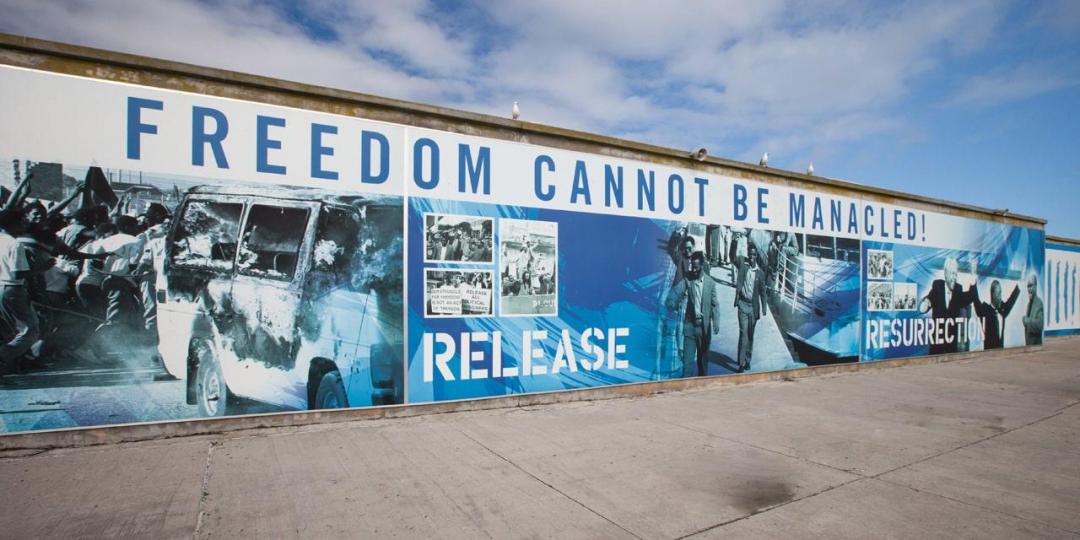The dark tourism market is expected to be valued at US$31.89bn in 2024 and US$40.82bn by 2034, Future Market Insights revealed in its Dark Tourism Market Outlook.
According to the report, the increasing popularity of dark tourism is a result of more documentaries, movies and television shows depicting romanticised versions of certain destinations.
Travellers are pursuing dark tourism to learn more about less-known history and socio-political issues. Due to increased attention to these cities, towns or regions, industry operators are now focusing on managing visitor safety and ensuring respectful behaviour at sensitive locations, to prevent exploitation and disrespect.
Dark tourism destinations include areas with histories of tragedy, disaster or macabre events. Travellers usually enjoy visiting these sites out of curiosity, a desire for knowledge and to pay respect to the past.
"The inherent human curiosity about death, suffering and the darker aspects of history fuels the demand for dark tourism," highlights the Future Market Insights report.
However, dark tourism destinations are now facing challenges, regarding how to create awareness about these uncomfortable histories without exploiting and commoditising their tragedies.
The report predicts that the increased use of immersive technology will address these issues.
Dark tourism in Africa
Eben Proos, Senior Lecturer of Tourism and Event Management at Central University of Technology, Free State, says human beings’ penchant for “rubbernecking” has the potential to help grow tourism in Africa by adding economic meaning to old places through dark tourism.
An example? South Africa’s Robben Island Museum (where Nelson Mandela was held as a political prisoner), and the Nelson Mandela Capture Site outside Howick in KwaZulu Natal, as well as tours of the KZN battlefields. Further north is the Maison des Esclaves (House of Slaves) in Senegal and the Murambi Genocide Memorial in Rwanda. So, the potential is there, says Proos.
He also addresses the question of ensuring ethics when destinations take advantage of this trend, noting that dark tourism should not be promoted as a form of entertainment, but as an opportunity to educate and remind people about those affected by various events.
Proos adds that there are also positive spin-offs that must be considered when weighing the pros and cons. It can help generate income for local communities affected by the tragedy itself and can be used to cover the costs of preserving historic and cultural sites.
The motivation of visitors to the sites is rarely sensationalist, according to Proos. “Research has shown that they are motivated by a special interest in the particular destination they are visiting. Other motivations include education, curiosity, showing empathy, acts of remembrance, visiting the iconic site and honouring the dead.
“It’s important to understand what motivates dark tourists so we can put together tourism products for them and identify marketing opportunities and, of course, marketing should be done ethically,” Proos notes.






















